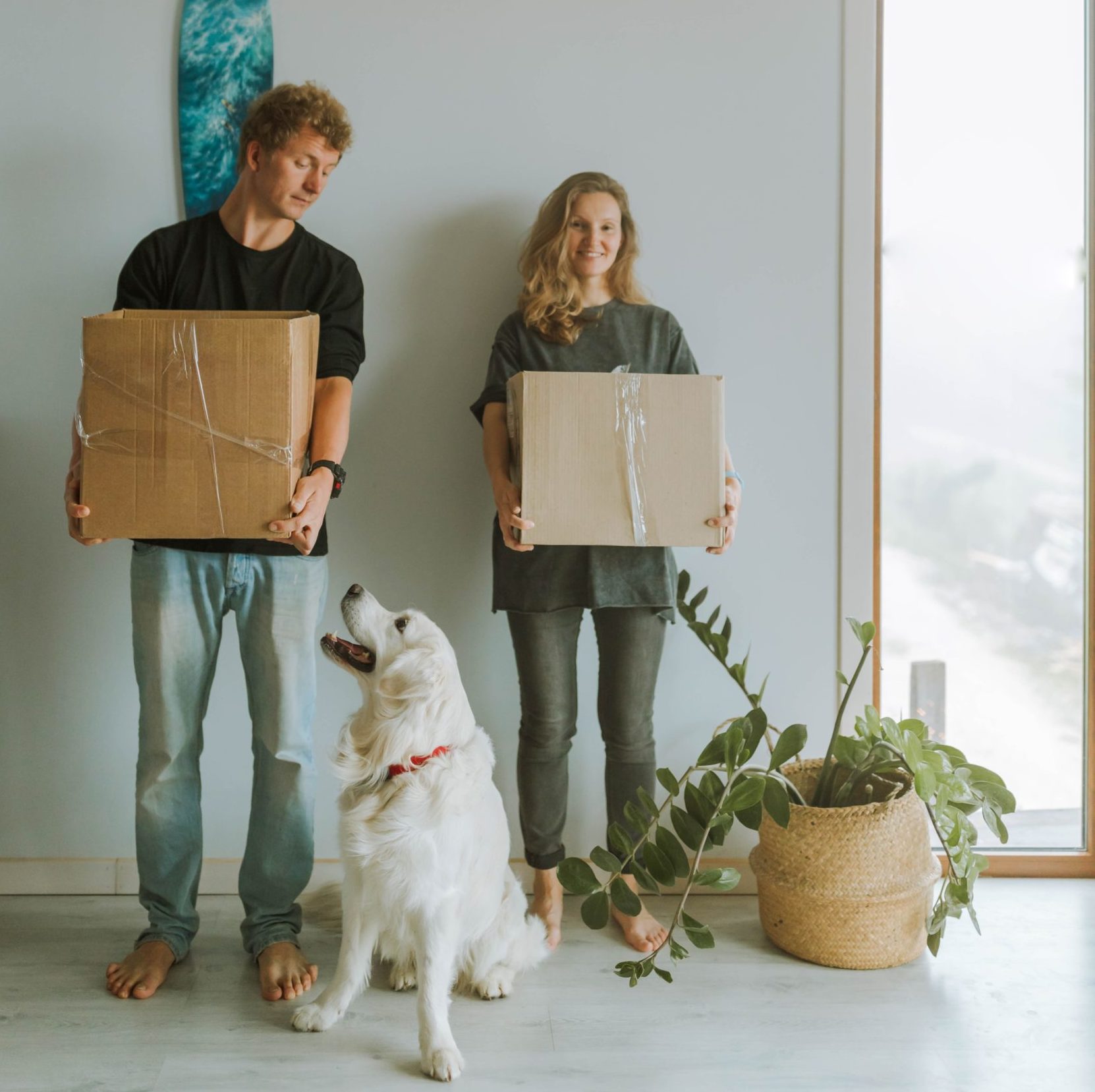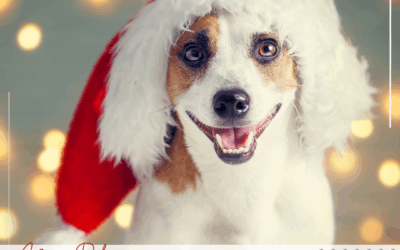With the New Year, often comes transitions and people moving. Many of my clients have moved during Covid and there’s a few common suggestions I have for people moving to a new home with their dog and thought reviewing them entering the new year would be a nice way to start off.
- If possible, try to have a few weeks overlap between your current place and the new place, to allow for some visits to the new home and a gradual introduction, with lots of yummy food to help create positive associations. If your dog likes to play, a fun game of fetch or tug in the new, empty space could be a really fun way to create a positive experience also. Not only will having some overlap time help your dog acclimate to the new home, but it can also give you the ability to gradually move items in slowly, and in that process, bringing the smells of you and your home to the new place for your dog to investigate.
- Keep your dog’s exercise, feeding and walking routines as normal and predictable as possible. Dogs are generally creatures of habit and routine and thrive with predictability, so keeping their normal routine as normal and consistent as possible can really help with the transition.
- Before and after your move, do some neighborhood sniffari walks to help your dog start to explore the new neighborhood. Let your dog’s nose lead the way without any preset agenda or direction from you. If your dog appears nervous, use lots of happy talk and encouragement and treats to help them, Never force a dog to walk if they’re scared. You can try to use a Touch or Find It to encourage the to move on their own.
- Set up a safe space and don’t give your dog access to the entire new place all at once. Especially if you have a fearful dog, a large, new space could be intimidating. Help your dog settle in by creating a safe space (gated off area or room) and then gradually increase access to the rest of the home over time as your dog shows signs of comfort or interest in exploring.
- Carve out time to do things your dog likes. Moving is a lot of work and you’re likely eager to unpack and get settled in. But moving can be very unsettling for your dog, so be sure to carve out time for play, cuddling, grooming or whatever your dog most enjoys to help them settle in among the chaos.
- On moving day, have your dog spend the day at a friend’s or at daycare. Moving day is chaos and can be scary. Movers will have doors propped open, it’s going to be loud, there’s lots of strangers coming and going and there’s just too many opportunities for your dog to be stressed out. Make arrangements for your dog to spend the day somewhere he’s happy, like with friends or at daycare.
- Update your dog’s microchip contact information and dog license registration. In the event your dog ever gets lost, their registered microchip information could be the way you get reunited, so be sure to contact the microchip company to update your address and contact information. Also, if you’re in a new town, you’ll need a new dog license!
Additionally, I was selected by Rent.com as a top rescue dog expert. See the Rent.com article I was featured in: Adopting A Rescue Pup? Here’s How 15 Dog Experts Recommend Introducing A New Dog To Your Home | Rent.com
Life changes, whether it’s a move or some other big change, can cause your dog to have some anxiety, behave differently or have setbacks, especially in areas like housetraining or separation anxiety training. If you need additional help or one on one guidance, reach out and schedule your consult today!
Happy training!
![]()




